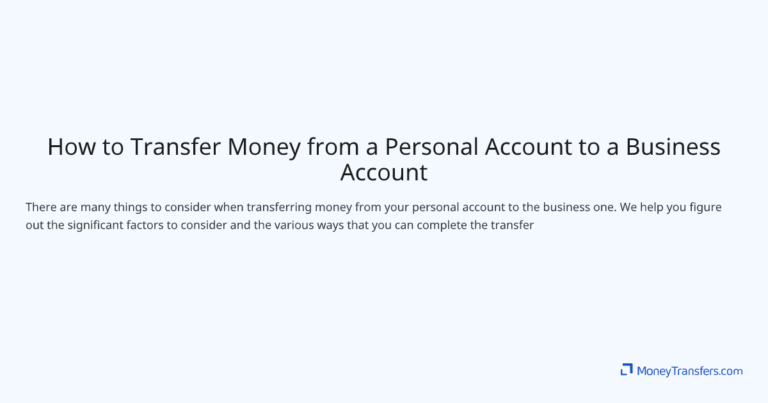How Do You Transfer Money From Cash App
You're probably familiar with the convenience of Cash App, but have you ever wondered how to transfer money from it? You've got funds in your account, and now you want to move them to a debit card, bank account, or send to a friend. To initiate a transfer, you'll need to select the recipient or link a account, specify the amount, and confirm the transaction. But that's not all – you also have options for instant or standard transfers, and even direct deposit. Let's explore the specifics of these features and more.
Linking a Bank Account
To initiate transfers from Cash App, you'll need to link a bank account, which can be done via the app's banking page. You'll be required to enter your bank's routing and account numbers, which can be found on one of your checks or by contacting your bank directly. It's crucial to verify that the information is accurate to avoid any transfer issues. Additionally, you may need to verify your account through a series of test deposits, which Cash App will send to your bank. Once confirmed, your account will be linked, and you'll be able to initiate transfers. Please note that this process may take a few days, so plan accordingly. By linking your account, you'll be able to transfer funds securely and efficiently.
Transferring to a Debit Card
You're now ready to transfer money to a debit card.
How do debit card transfers work within the Cash App, and what are the requirements for this type of transaction? To transfer money to a debit card, it must first be linked to your Cash App account. You can link your debit card by accessing your Cash App profile and clicking "Linked Banks," or you may be prompted to link it during a transfer. Once linked, transfers are instantaneous. Cash App charges a fee for instant transfers, and they vary between 0.5 and 1.75% of the amount transferred. Also, transfers must be at least $1 in value to be processed. Make sure your debit card is also eligible to receive fast transfers, which may depend on the bank issuing the card.
Sending to Another User
In addition to transferring money to a debit card, Cash App also allows you to send money directly to another user's Cash App account. To do this, you'll need to have the recipient's Cash App handle, which is the unique username they've chosen for their account. You can enter this handle in the "To" field when you initiate the transfer, or you can select their name from your contact list if you've previously interacted with them on the app. You'll also be asked to specify the amount you want to send and confirm the transfer. Transfers to other Cash App users are typically instant, and they're free. This means you can easily send money to friends, family, or colleagues, without worrying about extra fees.
Using the Cash Out Feature
Typically, the Cash App allows you to transfer money to your bank account using the Cash Out feature, which provides a convenient way to access your funds. You can use this feature to transfer money to your debit card or bank account. To use Cash Out, you'll need to have a linked bank account or debit card.
| Transfer Option | Fees and Timing |
|---|---|
| Standard | 1-3 business days, no fee |
| Instant | Immediate, 1.5% fee (min $0.25, max $15) |
| ATM Withdrawal | Immediate, $2 fee |
| Debit Card Transfer | 1-3 business days, no fee |
When using Cash Out, you'll need to select the transfer amount and confirm the transaction. Make sure to review the fees and timing before completing the transfer.
Setting Up Direct Deposit
To set up direct deposit on Cash App, link your account to a debit card or bank account and provide your employer or relevant party with the routing and account numbers generated by Cash App. You'll find these numbers in the "Direct Deposit" section of the app. Once you've linked your account and shared the necessary information, your employer can initiate direct deposits into your Cash App account. This process can take a few business days to set up, but it's a secure and convenient way to receive payments. Make sure to double-check the routing and account numbers to avoid any errors, and you'll be set up for direct deposit in no time. This way, you can enjoy safe and seamless transactions.
Transferring to a Credit Card
When you need to transfer money from Cash App to a credit card, you'll find that the process is somewhat limited due to restrictions on sending funds to credit accounts. Currently, Cash App doesn't support direct transfers to credit cards. This is because credit card companies don't typically allow direct deposits from third-party services like Cash App. However, you can use the 'Pay' feature to send money to someone else's debit card or bank account, which can then be used to pay a credit card bill. Keep in mind that this workaround involves an additional step and requires the recipient's debit card or bank account information. Always verify the recipient's information before sending funds to guarantee a secure transaction.
Withdrawing Cash From ATMS
Your ability to access cash is enhanced by Cash App's feature allowing withdrawals from ATMs using your Cash App card. To do this, you'll first need to confirm that your Cash App card is activated and has available funds. You can then insert your card into an ATM, enter your PIN, and select the withdrawal option. Choose the amount you want to withdraw, and the ATM will dispense the cash. Be aware that you may be charged a fee by the ATM operator and Cash App. Additionally, you can review the transaction details in your Cash App account to verify the withdrawal. Always be mindful of your surroundings and keep your card and cash secure when using an ATM.
Sending Funds to PayPal
Before transferring funds from Cash App to PayPal, make sure you have a linked bank account or debit card to facilitate the transaction. You'll also need to have both a Cash App and PayPal account. To send funds, open your Cash App and navigate to the 'Banking' tab. Select 'Add Cash' and then choose the amount you want to transfer to PayPal. Next, choose PayPal as the destination and select your linked bank account or debit card as the funding source. After verifying the transaction details, confirm the transfer. Keep in mind that some transactions might incur a small fee, and transfer times may vary depending on the selected funding source. Be cautious and double-check your details to guarantee a safe transfer.
Tracking Your Transfers
After initiating a transfer from Cash App, you can track its progress to confirm the funds are delivered to the recipient's account successfully. You'll receive a confirmation email or notification from Cash App with the transfer details. To track the transfer, open the Cash App and navigate to the 'Activity' tab. Locate the specific transfer and click on it to view its status. If the transfer is still pending, you'll see a 'Pending' label. Once the transfer is complete, the status will update to 'Completed.' You can also use the transaction ID to track the transfer on the recipient's end. By monitoring the transfer's progress, you can confirm the funds are delivered securely and on time.




